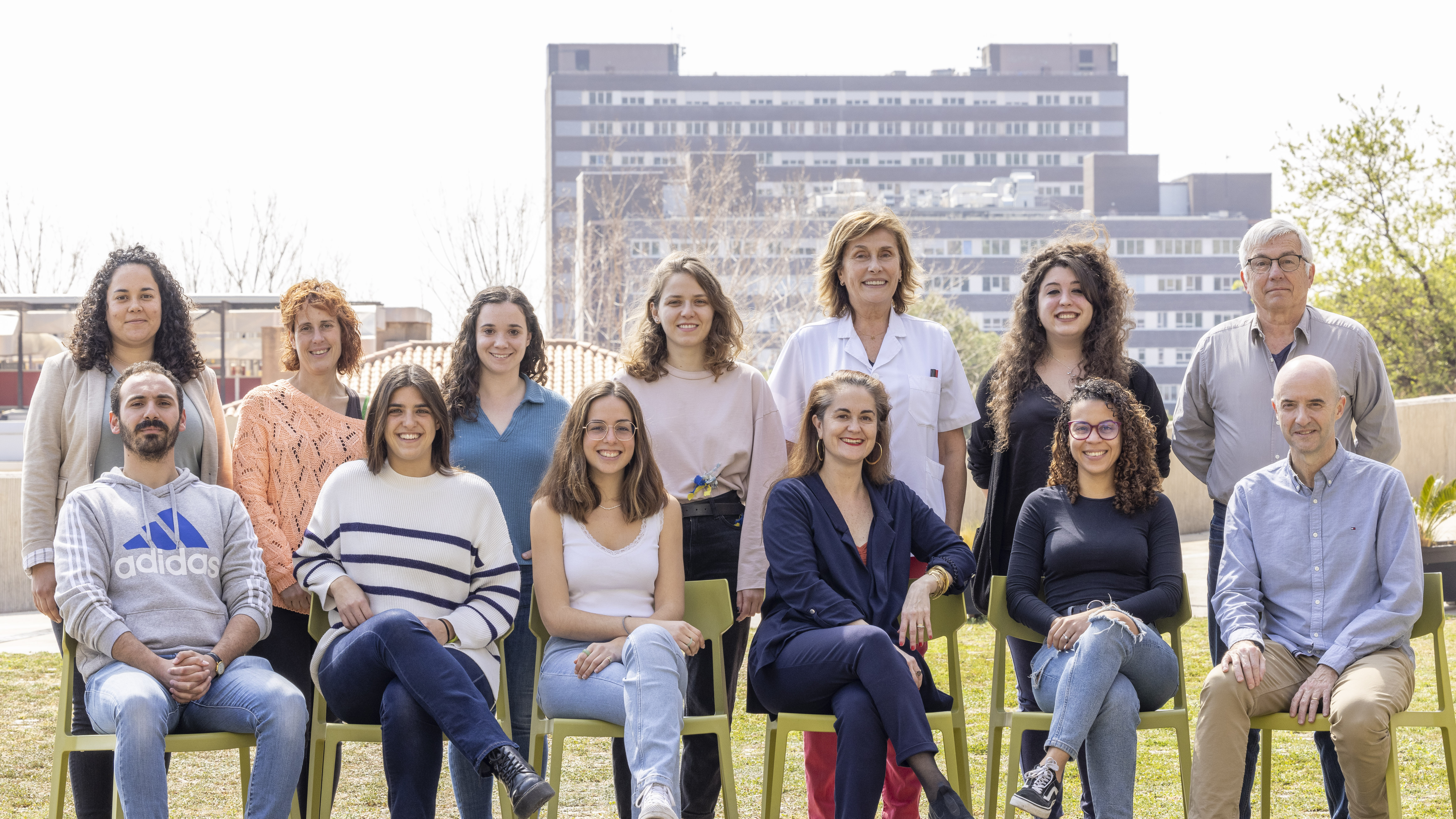

A study led by researchers from Germans Trias i Pujol Research Institute (IGTP), in collaboration with health economics experts from Can Ruti, Universitat Pompeu Fabra, and Agència de Salut Pública de Barcelona, offers new recommendations for optimising tuberculosis screening programmes in low-incidence countries. Published in the journal Eurosurveillance, this work reviews various studies to determine if these programmes targeting higher-risk groups are economically effective.
Despite the availability of effective tuberculosis treatment for most cases, this disease remains one of the deadliest globally. According to the World Health Organization (WHO), over 10 million people are infected each year. In Spain and Europe, the impact is less severe, but it still significantly affects vulnerable populations in major cities. Socioeconomic status plays a crucial role in disease development.
Systematic screening for tuberculosis detection is a key component in combating the disease, especially in high-risk groups. The WHO recommends this practice, but there are few studies to confirm whether it is economically worthwhile, or if it is better to wait for patients to seek healthcare.
To clarify this, researchers from the Experimental Tuberculosis Unit (UTE) at IGTP and Germans Trias Hospital, also members of Centro de Investigación Biomédica en Red (CIBER), along with experts from Agència de Salut Pública de Barcelona, Fundació Lluita contra les Infeccions, and Economy and Health Research Centre (CRES-UPF), reviewed scientific articles from the last 16 years analysing the cost-effectiveness balance of screenings in high-risk groups from countries with few tuberculosis cases.
Based on this review, they have developed recommendations on how to optimize tuberculosis screening programs in low-incidence countries like Spain. The study has been published in the journal Eurosurveillance of the European Centre for Disease Prevention and Control (ECDC), focusing on epidemiology, surveillance, prevention, and control of infectious diseases, particularly in Europe.


The results show that in countries with low tuberculosis incidence, screening migrants from countries where the disease is more prevalent and vulnerable populations such as individuals from isolated communities, homeless people, or drug users, is a cost-effective strategy. However, the study highlights a lack of uniformity in this field of research and shows the need to harmonise both methodology and reporting in this field.
The study emphasises the importance of including cost-effectiveness analysis in all public health screening initiatives. It also highlights the need for collaborations between European countries to ensure that border screenings are ethical and benefit both the affected individuals (detecting the disease as early as possible for a better prognosis) and society in general (preventing infection transmission). The authors stress the necessity of involving community leaders and social organisations in the development of these measures.
Nino Gogichadze, the study’s lead author and a predoctoral researcher at IGTP, explains: “This study has given me a new perspective, highlighting the importance of considering profitability in screening initiatives”. Both she and Arnau Sagrera, who shares the lead authorship with Gogichadze and is currently pursuing a Master’s in Public Health, emphasise that “standardised data is necessary for comparative analysis and must take into account various environments and cultural nuances. Assessing the economic aspect of tuberculosis detection is a necessary and enriching task”.

